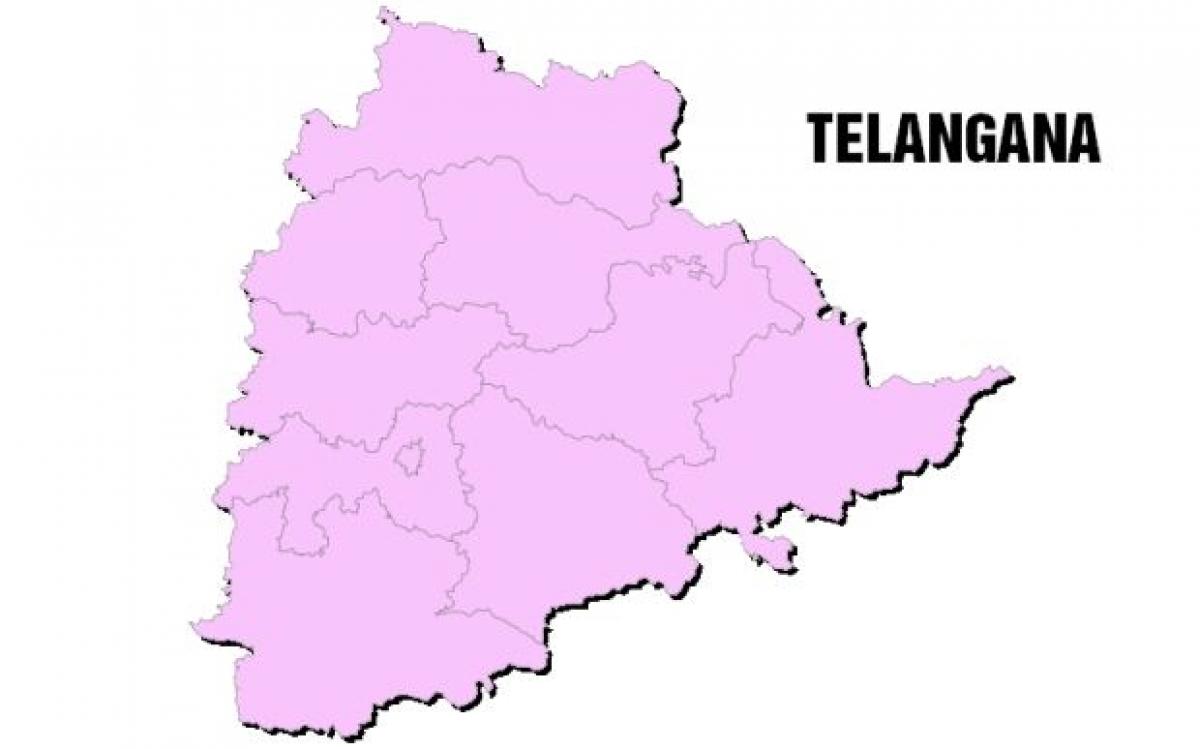As the Telangana elections approach, the focus intensifies on the role of minority voters in shaping the political landscape. In over 50 constituencies, minorities hold significant sway, with 2 to 3 lakh minority voters in each and up to 7 lakh in places like Serlingampally. Key areas like Old City see nearly half the voters as minorities, favoring the MIM candidates. The BJP is aiming to attract Hindu votes in these regions to counter this influence.
Around 30 constituencies in Telangana might see minority votes deciding the winners, particularly as the Old City strongly supports the Majlis party, leaving the outcome in the hands of the remaining 30 areas. Historically aligned with Congress, minority votes are now shifting towards the BRS, signaling changing political trends. This election’s discourse openly revolves around caste and religion, with major parties courting votes on these grounds.
The Congress faced criticism over its minority declaration from the BJP and BRS. Asaduddin Owaisi of the Majlis urged minorities to support their ally, BRS. Candidates aren’t just focusing on promises for development but are increasingly appealing to community and religious affiliations.
In key constituencies like Jubilee Hills, Rajendra Nagar, and Nizamabad Urban, Muslim minority votes hold significant importance, leading the Congress to field former cricketer Azharuddin in Jubilee Hills. Caste and religious factors intricately shape the electoral dynamics, making the upcoming November 30 Telangana Assembly elections a closely observed battleground where minority voters could have a decisive impact on the results.
